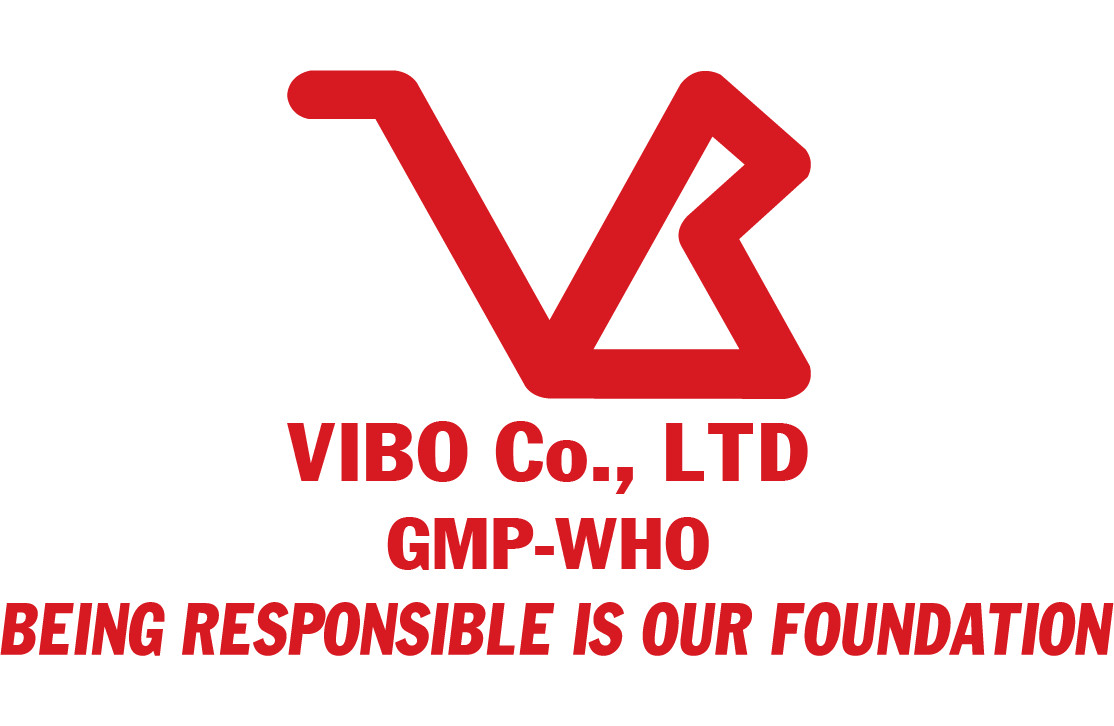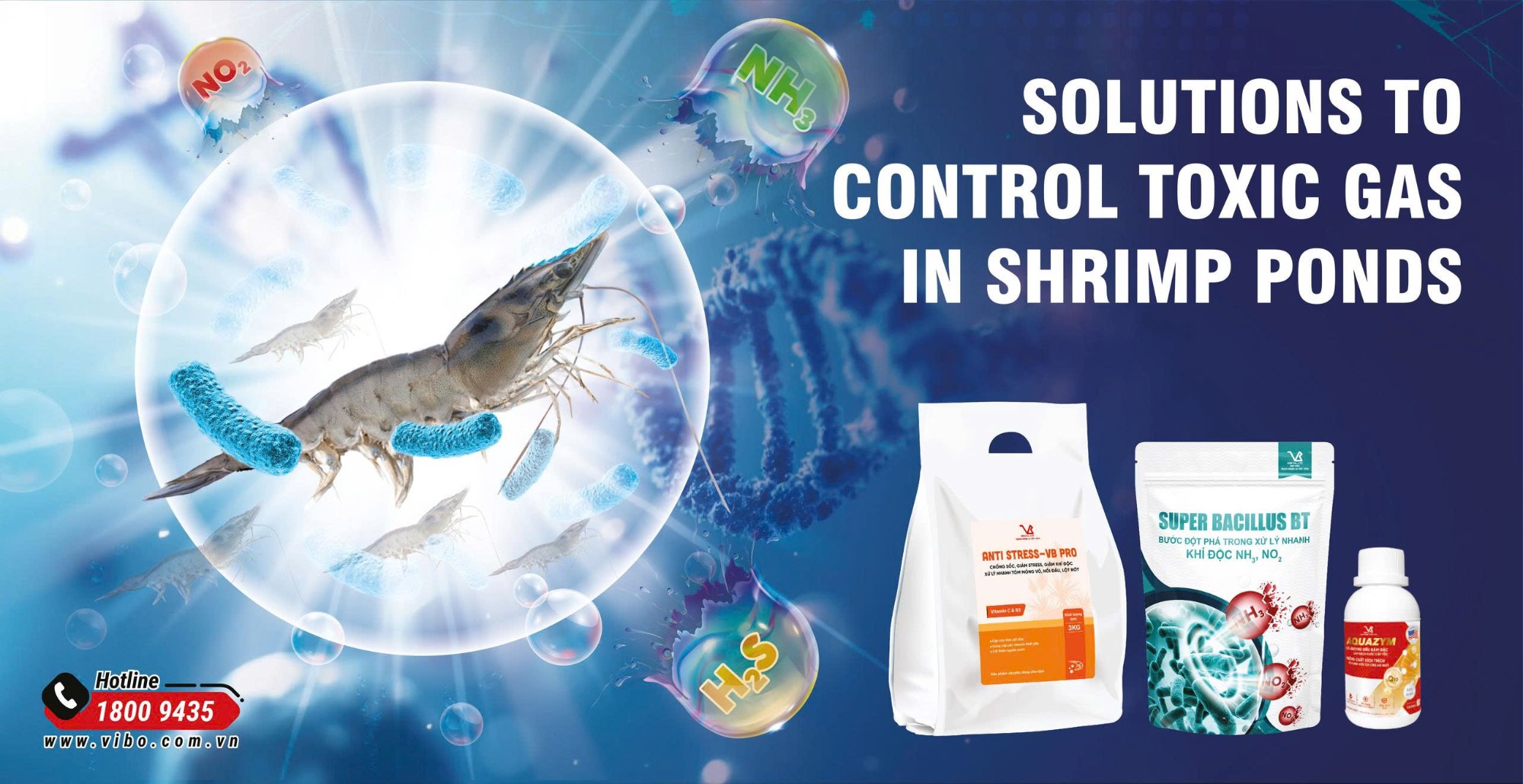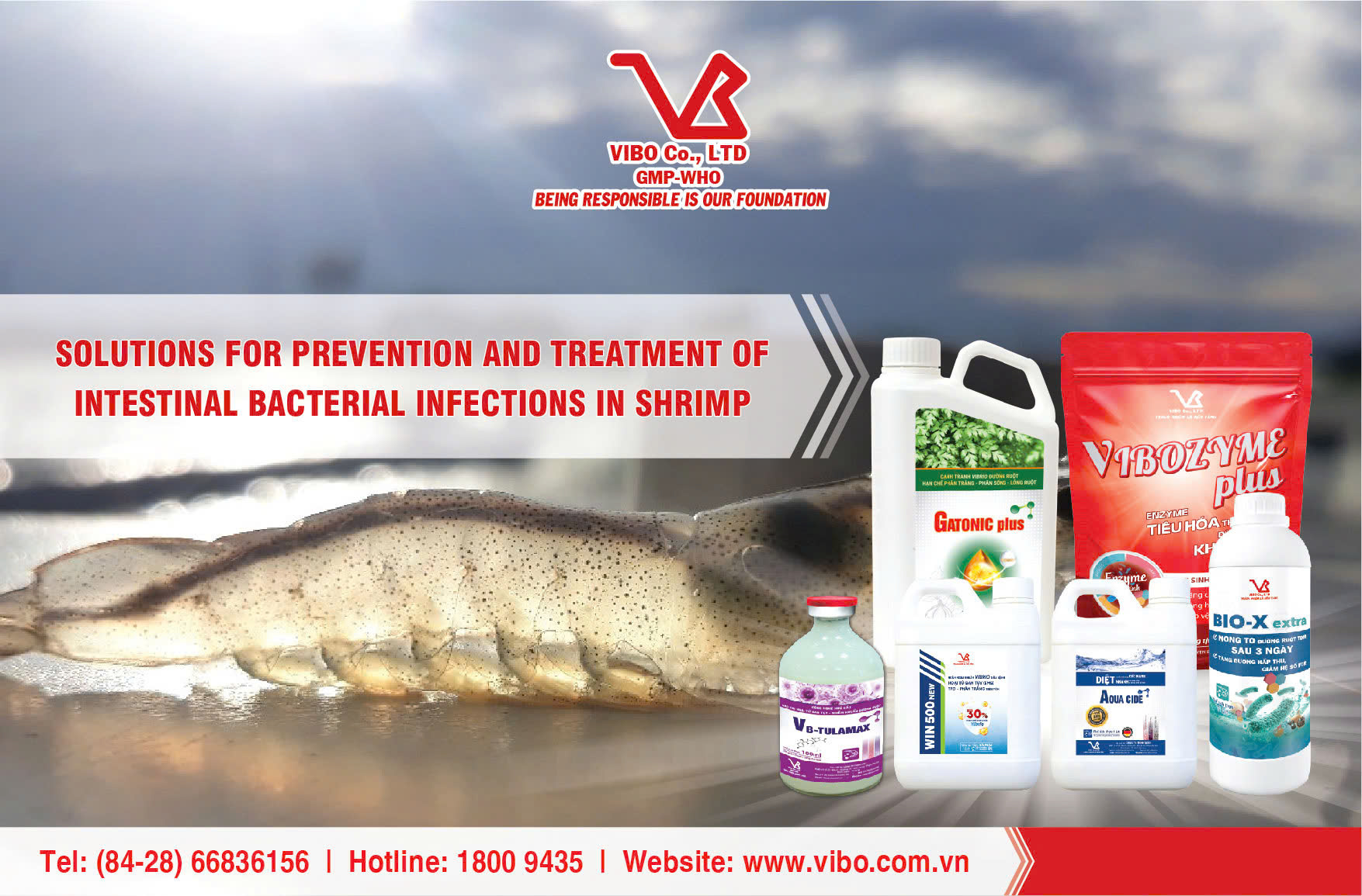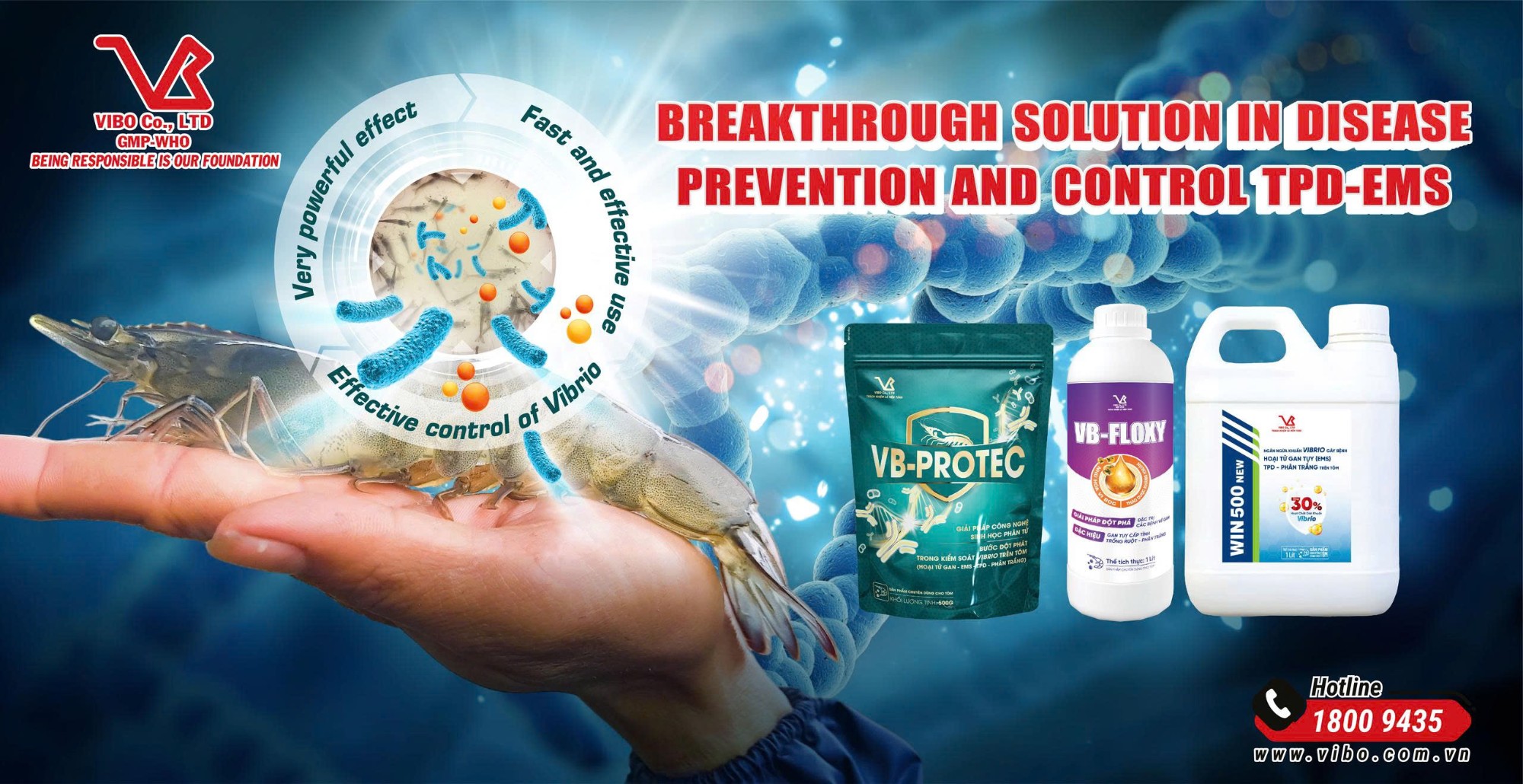- Address: Lot No. 20, Zone G, D1 Street, An Ha Industrial Park, Tan Vinh Loc Commune, Ho Chi Minh City
- Phone: (84-28) 668.36156 / 668.36158
- Hotline: 1800.9435
- Fax: (84-28) 3620.4694
- Email: vibo@vibo.com.vn
- Website https://vibo.com.vn/
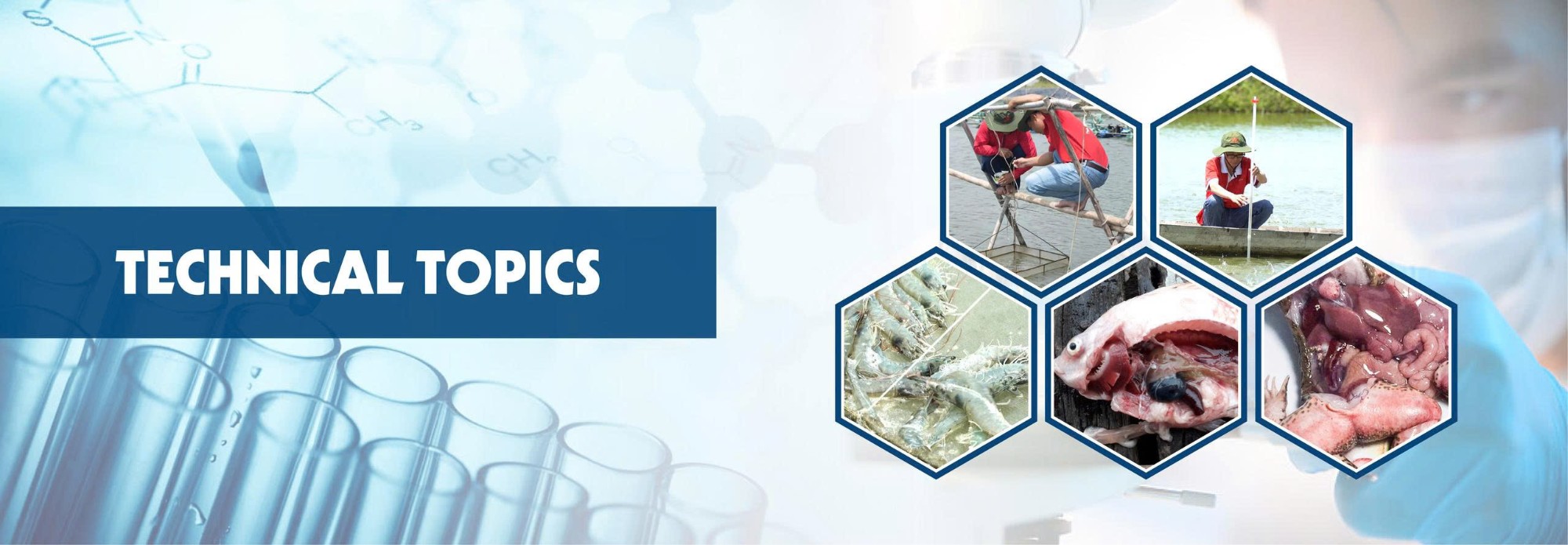
REPLACE ANTI-BIRTHDAY FROM Hoang Lien (Coptis teeta Wall)
REPLACE ANTI-BIRTHDAY FROM Hoang Lien (Coptis teeta Wall)
Currently, under the increasing requirements of export markets as well as consumers, the chemical residue in seafood products is being mentioned.
In addition, the incorrect use of antibiotics, treatment regimens, and the use of antibiotics for feeding in aquaculture cause the residues of resistance in the environment quite a lot, leading to more and more antibiotic resistance. fast and serious.
At the same time, the use of antibiotics also destroys most of the intestinal microflora. Adverse effects on aquatic animals affecting the development of aquatic animals.
Herbal antimicrobials are seen as an effective alternative to antibiotics.
Hoang Lien is known to be one of the top herbs for antibacterial, increasing immunity against pathogenic bacteria.
I. Plant Characteristics
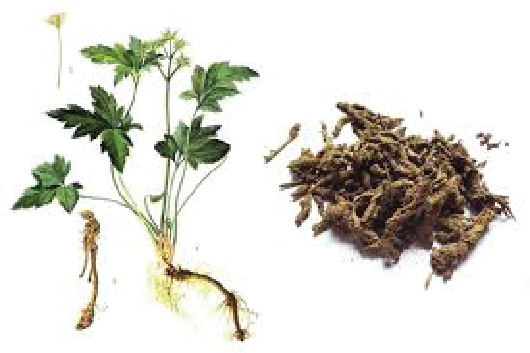
Coptis (Rhizoma Coptidis) is the rhizome of many kinds of cockroaches such as Coptis chinensis Franch., Coptis teeta Wall., Coptis deltoidea ... belongs to Hoang Lien-Ranunculaceae. [1] Hoang Lien is a herb, lived for many years, 15-35 cm tall. Leaves are sole, growing from rhizomes. Part used is rhizome (Coptis Rhizoma) has many knuckles and branched many branches look like chicken feet, so it is called Hoang Lien chicken feet. [1]
In addition to the chicken leg Hoang Lien, there are some other types of Hoang Lien thorn (Berberis wallichiana DC of the family Hoang Lien gai-Berberidaceae), Hoang Lien gai (Mahonia bealii Carr of Hoang Lien gai-Berberidaceae). Earth royal family (Thalictrum foliosum DC., Hoang Lien-Rannunculaceae). [1,2].
II. Chemical composition
The rhizome has not many alkaloid (5-8%), mainly berberine, in addition, there are worenin, coptisin, palmatin, jatrorrhizin, magnoflorin. In addition, there are also organic acids in Hoang Lien, such as Ferulic acid.
The amount of alkaloids in Hoang Lien changes according to the growth phase and weather. The highest concentration in the roots is around September-October. [1]
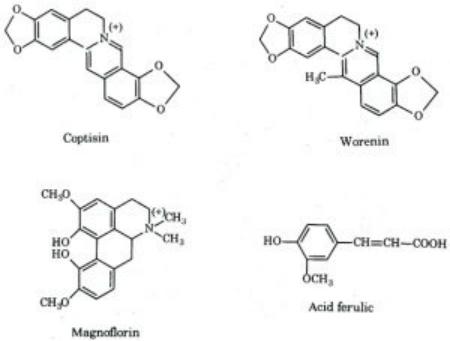
Photo: Chemical composition of Hoang Lien
III. The mechanism of action
Berberine has been used as an antimicrobial agent since ancient times because of its resistance to a wide variety of microorganisms such as viruses, bacteria, fungi, and protozoans. Berberine's antimicrobial mechanism is still not well understood, but recent studies have partly demonstrated its mechanism of action, such as inhibition of protein perfection as well as the release of inflammatory agents of influenza viruses; inhibition of FtsZ bacterial cell division protein, inhibition of Aspergillus spp through ergosterol biosynthesis, …
Berberine is considered to be a powerful antioxidant. In experiments ABTS, DPPH, Berberine was able to capture free radicals for remarkable efficiency, in addition to protecting cells from oxidizing agents [7]

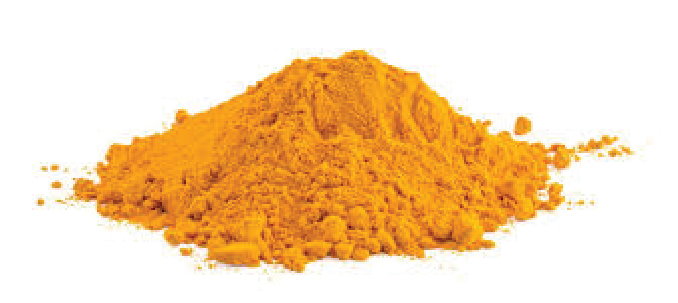
Photo: Berberine - Natural medicine
IV. Uses
D.V Lebedev experimented and demonstrated that Hoang Lien has anti-Staphylococus areus, Streptococus, typhoid, glass, tuberculosis ... [2]
The berberin chloride solution in vitro inhibitory effect on Streptococcus hemolyticus, Vibrio cholerae at dilution (1: 32,000), concentration (1: 16,000) for Staphylococus areus, concentration (1: 8,000) for Streotoccocus virideus, Shigella dysenteriae. [1] For digestion: Hoang Lien has the effect of helping digestion and treating inflammation of the stomach, intestines, dysentery. [2] Berberin is very less toxic, partly excreted in the urine, partly broken down in the body. [2]
In medicine, Hoang Lien is used to treat amoeba dysentery and bacillus, treat gastroenteritis, red eye pain, purulent middle ear infection, treat boils, infections …
V. Application in aquaculture.
According to research by MOU Shao-Xia, ZHOU Xia, PENG Yao-Zong and LI Xue-Gang in 2015 on the ability to enhance immunity and against bacteria Aeromonas Hydrophyla on grass carp shows very good effects of royal venture in aquaculture. Specifically, the experiment: Fish were fed a diet containing 1; 0.5; 0.25; 0.1; 0% Hoang Lien powder and 0.05% Berberin Hcl for 28 days. Fish were then sensitized with Aeromonas hydrophyla. The results showed that after 14, the survival rate of experiments with Hoang Lien powder and berberin was significantly higher than that of the control group without Berberin. The survival rate in the experiment fed 0.5% Hoang Lien powder was the highest with 44% increase in survival compared to the group not fed. [3]
A study of the antimicrobial effect of berberin Hcl on fish showed that berberin hcl can fight Aeromonas hydrophila, Pseudomonas fluorescens, Vibrio vulnificus, Edwardsiella ictaluri, Escherichia coli and Streptococcus agalactiae at concentrations> 500,> 500,> 500, 300, 400 and 100 ppm. [4]
The minimum bactericidal concentrations (MBCs) of berberine hydrochloride for E. coli, E. ictaluri and S. agalactiae were 300–500 μg mL -1. [4]
One study tested Berberine Hcl on Nil river tilapia. Fish were divided into 5 experimental lots with diets containing 0, 1, 3, 6, 9 g / kg feed respectively. Fish were examined at 4 weeks and 8 weeks after feeding. The activity of the enzyme lysozyme and peroxidase was much higher than that of the diet group without berberine HCl. The highest was in the batch with a diet of 1g / kg feed. The strong activity of 2 enzymes proves the fish's immunity is enhanced. Helps fish fight against pathogens. [5]
Lysozyme, also known as muramidase or N-acetylmuramide glycanhydrolase is an antibacterial enzyme produced by animals that form part of the innate immune system.
Peroxidase is an enzyme involved in many different biological processes. It contributes to the prevention of pathogens. Also with the above experiment, fish were susceptible to Streptococcus agalactiae bacteria (bacteria causing eye edema and hemorrhage) results after 15 survival rates in experimental groups 0, 1, 3, 6, 9 berberine Hcl g / kg feed 25, 74, 52, 44, 39% respectively. Berberine at the rate of 1 g / kg of feed showed a much higher survival rate than the control group. [5]
In another trial by authors Wei-Na Xu, Dan-Hong Chen, Qing-Qing Chen, Wen-Bin Liu, evaluated the immune response growth, disease resistance of caskets after 8 weeks. . The diet of 50 mg/kg berberine HCl showed faster weight gain, decreased FCR, beneficial hematological indicators such as HDL-C, LDL-C also increased, Lysozyme enzyme activity increased, substances Oxidative stresses such as MDA (meladialdehyde), LOP (lipid peroxide) decrease compared to a similar diet without berberine HCl. Mortality decreased from 80% to 50% when challenged with Aeromonas hydrophila after 96 hours. [6]
In general, Hoang Lien tree has been studied a lot and applied a lot in medicine as well as aquaculture. It shows effectiveness in antibacterial, strengthening immune factors for prevention and treatment of diseases caused by bacteria. This is a positive direction to contribute to preventing the current inappropriate use of antibiotics.
VI: Product GATONIC plus
PHARMACEUTICAL QUALITY - NATURAL RESISTANCE
PREVENTION AND SUPPORT FOR TREATMENT OF INFECTIOUS DISEASES
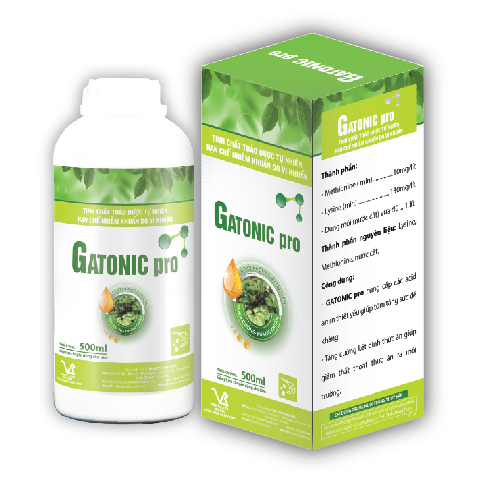
1. Ingredients of GATONIC pro
- Essence of Hoang Lien
- Garlic Essence
- Organic acids
2. Advantages of GATONIC plus
- Natural herbal antibiotic, has little effect on the liver and intestinal tract of shrimp when treated
- Inhibiting many types of bacteria, fungi, protozoa that cause diseases for shrimp
- Stabilize intestinal tract, help to absorb nutrition quickly
- Enhance the function of the intestinal tract, hepatopancreas
- Prevent intestinal diseases, loose stools, white feces, intestinal rupture, ...
- Enhance the effectiveness of groups of enema, antibiotics
- Strengthen the resistance, natural immune system of shrimp
- Limit drug resistance, antibiotic residues
- Safe and environment-friendly
3. Product uses
- Prevent and support treatment of liver disease and white feces in shrimp.
-Helps support the treatment of intestinal rupture, loose stools due to the impact of EMS-causing bacteria, helping shrimp to recover health quickly.
- Used to prevent liver disease and white feces during the best culture period.
- Provide essential amino acids to help shrimp increase resistance.
- Support for the treatment of some intestinal diseases of shrimp.
- Reduce harmful bacteria, balance intestinal microflora, help shrimp grow well, increase resistance, prevent infection risk.
- Anti-oxidation, protect liver cells, intestines, help shrimp healthy, develop well.
* References:
1. Pham Thanh Ky (2015). Pharmacology, Medical Publishing House, Hanoi.
2. Do Tat Loi (2004). Vietnamese Medicinal Plants and Medicines, XII, Medical Publishing House.
3. MOU Shao-Xia, ZHOU Xia, PENG Yao-Zong, and LI Xue-Gang (2015). Effect of fibrous rôt of Coptis Chinensis Franch and berberine on the non-specific immunity and resistance against Aeromonas hydrophila infection in Grass carp. School of Pharmaceutical Science, 39(2).
4. Defeng Zhang, Aihua Li1, Jun Xie & Cheng Ji (2010). In vitro antibacterial effect of berberine hydrochloride and enrofloxacin to fish pathogenic bacteria. Aquaculture Research, 41, 1095-1010.
5. Hien Van Doan,b, Seyed Hossein Hoseinifarc, Sanchai Jaturasithaa,b, Mahmoud A.O. Dawoodd, Ramasamy Harikrishnan (2020). The effects of berberine powder supplementation on growth performance, skin mucus immune response, serum immunity, and disease resistance of Nile tilapia (Oreochromis niloticus) fingerlings. Elsevier(Aquaculture),520(734927).
6. Wei-Na Xu, Dan-Hong Chen, Qing-Qing Chen, Wen-Bin Liu (2017). Growth performance, innate immune responses, and disease resistance of fingerling blunt snout bream, Megalobrama amblycephala adapted to different berberine-dietary feeding modes, Fish and Shellfish Immunology, Elisever.
7. Shirwaikar, A., et al., In vitro antioxidant studies on the benzyl tetra isoquinoline alkaloid berberine. Biol Pharm Bull, 2006. 29(9): p. 1906-10.


